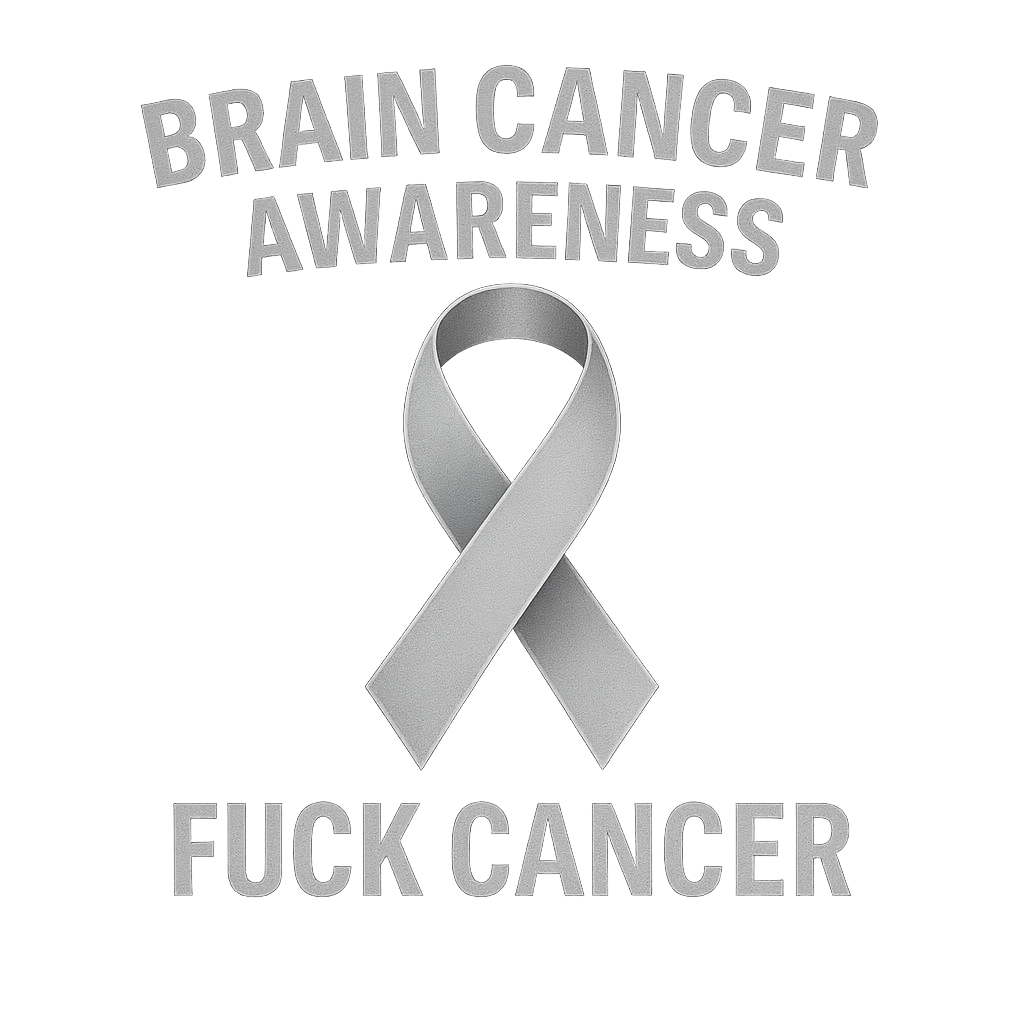After the Fall
It felt like a wire snapped inside me. No warning. One second I was upright and fine; the next my balance went, my hand wouldn’t answer, and the floor arrived faster than my brain could process it. No drama, just a hard truth: my body failed and I was on the ground.
I did a quick inventory from the tile: left side heavy, vision tunneled, ears ringing, breath shallow. Time got weird. I remember thinking, simple and flat: am I dying or not? It was my ex’s birthday. That detail shouldn’t matter, but it welded itself to the day.
In the ER they moved fast. Stroke protocol. Blood pressure, finger stick, EKG, CT. The symptoms eased while they worked. The scan didn’t show a bleed. They called it a stroke scare. The word “scare” made it sound like nothing happened. Something did.
Follow‑up imaging told the rest. The “why” wasn’t a mystery attack from nowhere; it was a tumor. Weeks later came surgery on May 1. Pathology landed May 5: glioblastoma. That March fall was the first visible crack in the wall—the moment the story changed direction.
Since then I move differently. I stand up slower. I plan the path across a room. I keep water, meds, and a charger within reach. I pay attention to small signals: a tilt, a fog, a word that won’t come. None of this makes me heroic. It’s just the operating instructions for this body now.
I’m not writing this to chase sympathy. I’m writing it so my people know what actually happened and when. If you’re reading this later, know that I was fully aware. I was scared, yes, but not lost. I made choices. I put my story here on purpose.
This is the line in my timeline: before the fall, and after. Everything on this site flows from that line.

